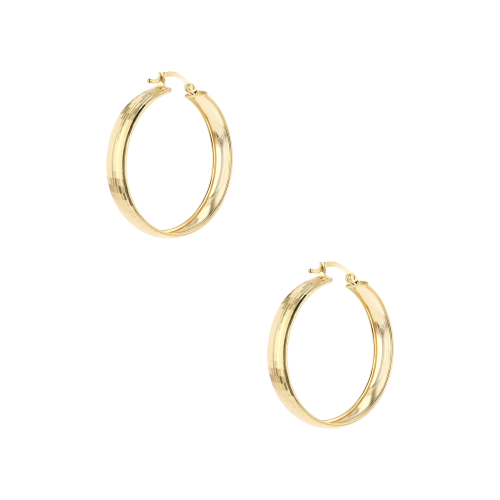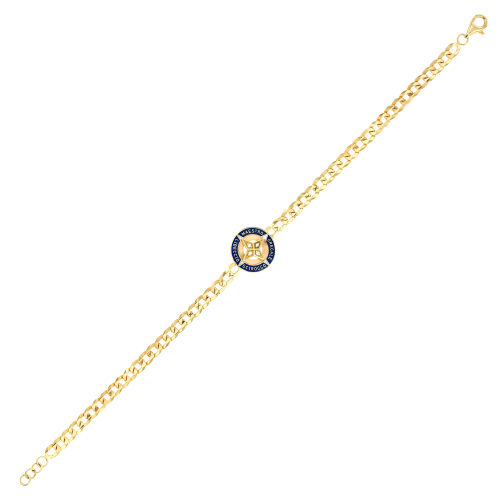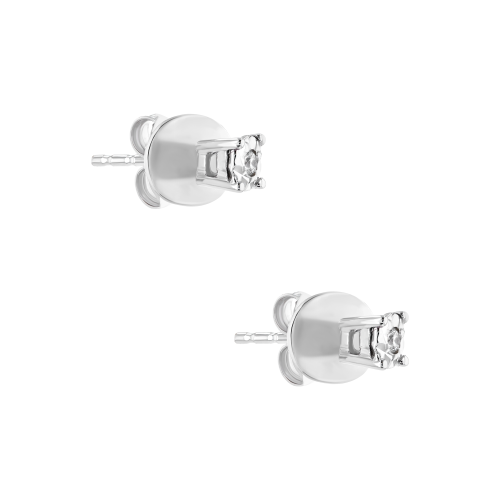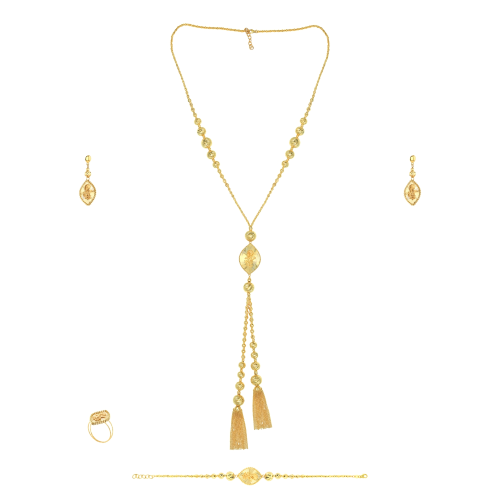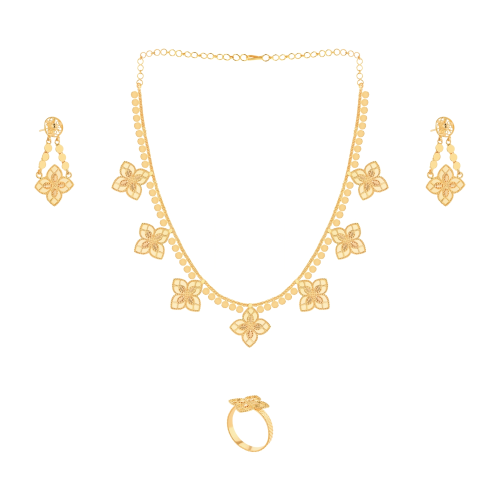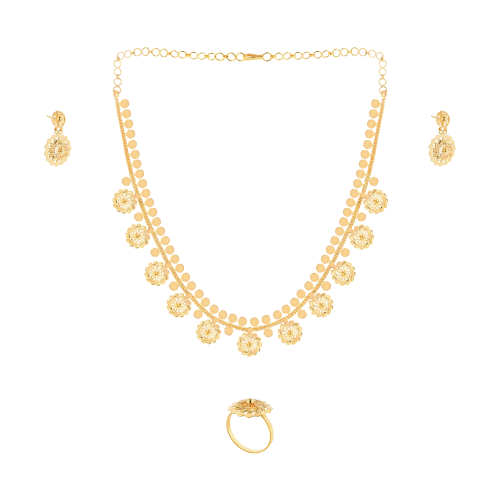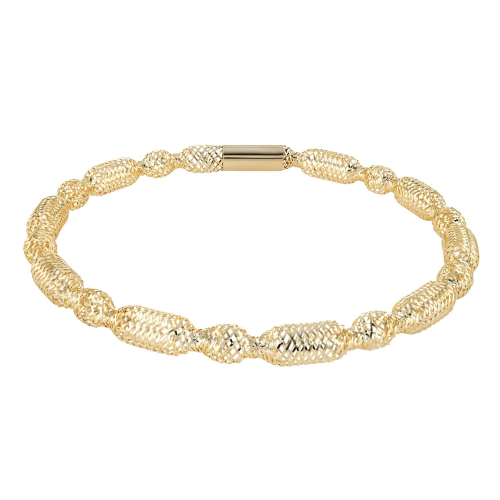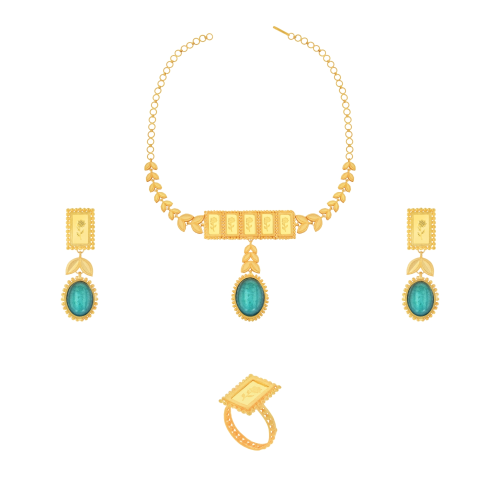Breaking the Rules: The Rise of Asymmetry and Artistry in GCC High Jewelry
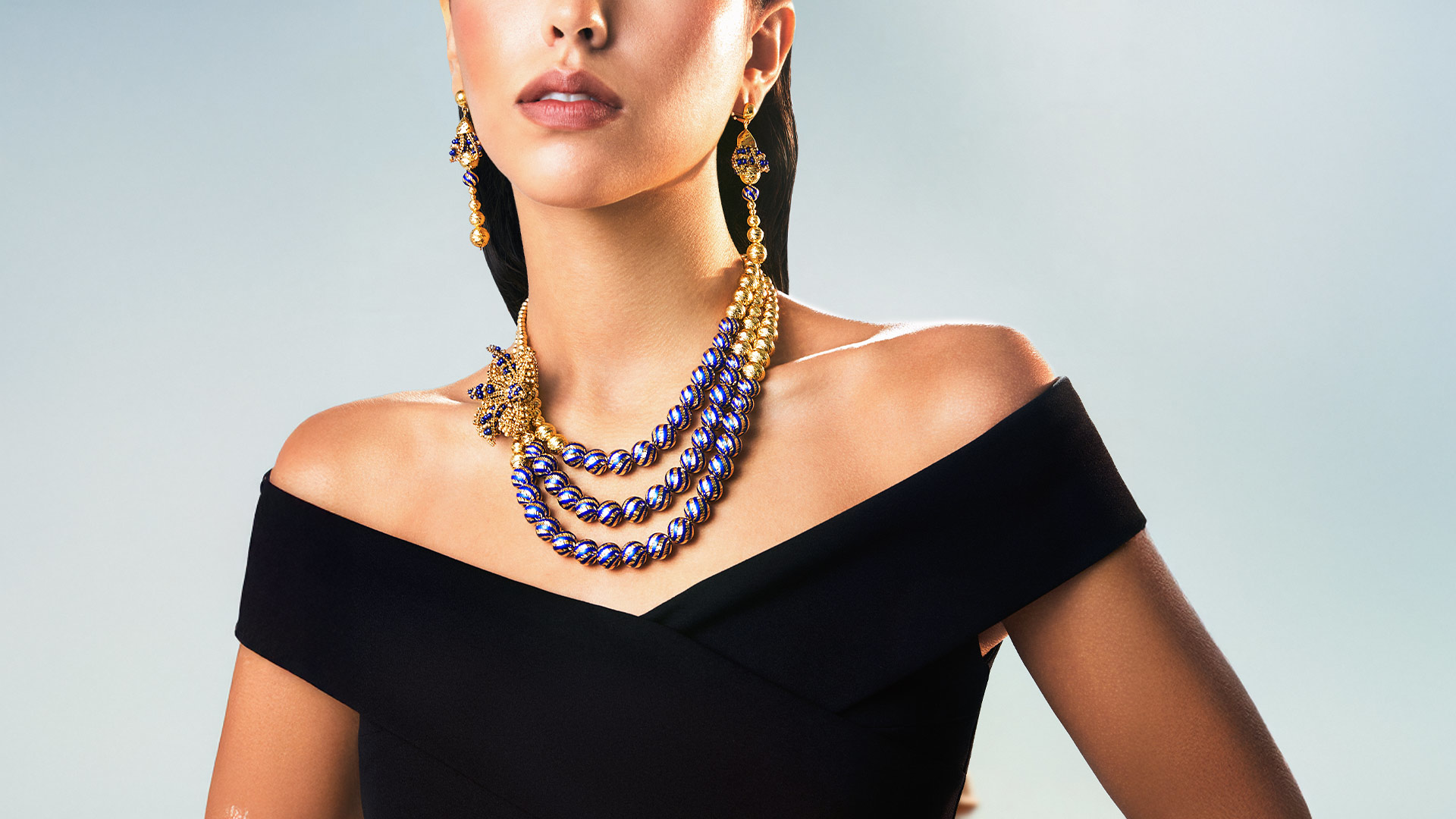
The Gulf Cooperation Council (GCC) region has long been synonymous with luxury, opulence, and exquisite craftsmanship. Today, a revolutionary movement is reshaping the landscape of GCC high jewelry, as designers boldly abandon traditional symmetrical designs in favor of asymmetrical jewelry trends that celebrate individuality and artistic expression. This transformation represents more than just a fashion statement—it's a cultural evolution that's redefining luxury jewelry in the Middle East.
The Evolution of GCC Jewelry Design
The Middle East luxury jewelry market has traditionally embraced classical designs rooted in centuries-old heritage. Symmetrical patterns, geometric motifs, and balanced compositions have dominated the region's jewelry landscape for generations. However, contemporary Gulf jewelry designers are now challenging these conventions, introducing avant-garde jewelry concepts that break free from traditional constraints.
This shift toward asymmetrical jewelry design reflects a broader cultural transformation within the GCC region. As the area continues to modernize and embrace global influences while maintaining its rich heritage, jewelry designers are finding innovative ways to honor tradition while pushing creative boundaries.
Understanding Asymmetrical Jewelry Design
Asymmetrical jewelry deliberately abandons the principle of perfect balance, creating pieces that are intentionally uneven, irregular, or mismatched. This unconventional jewelry design approach allows for greater artistic freedom and personal expression. Unlike traditional symmetrical pieces that follow predictable patterns, asymmetrical designs offer surprise elements that captivate the eye and spark conversation.
Key characteristics of modern asymmetrical jewelry include:
- Irregular shapes and forms that challenge conventional expectations
- Mismatched elements such as different-sized gemstones or varying chain lengths
- Organic flowing lines that mimic natural forms rather than geometric precision
- Layered compositions that create visual depth and movement
- Mixed materials and textures that add complexity and interest
The Artistry Revolution in GCC High Jewelry
The rise of artistic jewelry trends in the GCC represents a fundamental shift from jewelry as status symbol to jewelry as wearable art. Contemporary Middle Eastern jewelry designers are increasingly viewing their creations as sculptural masterpieces that happen to adorn the human body.
This jewelry artistry movement has been fueled by several factors. First, a new generation of wealthy, educated consumers in the GCC region seeks unique pieces that reflect their personal style rather than conforming to traditional expectations. Second, the influence of international art movements and global fashion trends has inspired local designers to experiment with innovative jewelry concepts.
Luxury jewelry innovation in the region now encompasses everything from 3D-printed components to unconventional materials like recycled metals and lab-grown diamonds. These experimental jewelry designs demonstrate that luxury doesn't always require traditional precious materials—sometimes, the most valuable element is the designer's vision and creativity.
Breaking Traditional Jewelry Rules
The non-traditional jewelry movement in the GCC is systematically challenging every established rule of classic jewelry design. Where traditional pieces emphasized perfect proportion and balanced weight distribution, asymmetrical luxury jewelry celebrates intentional imbalance and unexpected proportions.
Unconventional jewelry trends now include single statement earrings worn alone, necklaces with deliberately mismatched pendant arrangements, and rings that extend across multiple fingers in organic, flowing designs. These rule-breaking jewelry designs require confidence from the wearer and represent a departure from jewelry as mere decoration toward jewelry as personal statement.
The most successful GCC jewelry designers working in this space understand that breaking rules doesn't mean abandoning quality or craftsmanship. Instead, they're applying the same meticulous attention to detail and premium materials that have always characterized Middle East high-end jewelry, but channeling these resources into completely new aesthetic directions.
Cultural Significance and Consumer Response
The embrace of asymmetrical jewelry in the GCC region reflects broader social changes within these traditionally conservative societies. As women gain greater professional and social freedom, their jewelry choices increasingly reflect personal agency and individual taste rather than adherence to cultural expectations.
Contemporary Gulf jewelry buyers are more traveled, more educated, and more exposed to global art and fashion trends than previous generations. They view artistic jewelry design as an extension of their personal brand and use these pieces to communicate their sophistication and cultural awareness.
Social media has also played a crucial role in popularizing unconventional jewelry design. Instagram and Pinterest have created platforms where avant-garde jewelry pieces can be showcased and celebrated, building communities of collectors who appreciate experimental luxury jewelry.
Notable GCC Designers Leading the Movement
Several pioneering designers across the GCC region are spearheading this asymmetrical jewelry revolution. These artists combine traditional Middle Eastern jewelry-making techniques with contemporary design innovation, creating pieces that honor their cultural heritage while pushing artistic boundaries.
These designers often draw inspiration from natural forms found in the desert landscape, architectural elements from modern Gulf cities, and abstract concepts from contemporary art. Their innovative jewelry creations frequently feature organic curves that contrast sharply with the geometric precision of traditional Islamic art, creating a fascinating dialogue between past and future.
The Future of Asymmetrical Luxury Jewelry
As GCC high jewelry continues to evolve, asymmetrical design appears to be more than just a passing trend. The movement represents a fundamental shift toward viewing jewelry as wearable art, with consumers increasingly willing to invest in pieces that challenge conventional beauty standards.
Future jewelry trends in the region will likely continue emphasizing personalization and artistic expression. Custom asymmetrical pieces created in collaboration between designer and client are becoming increasingly popular, allowing individuals to own truly unique contemporary luxury jewelry that can't be replicated.
The integration of technology into jewelry artistry also promises exciting developments. 3D printing, computer-aided design, and even artificial intelligence are opening new possibilities for creating complex asymmetrical structures that would have been impossible to achieve through traditional craftsmanship alone.
Investment and Collectibility
Asymmetrical art jewelry from prominent GCC designers is increasingly viewed as collectible art rather than simple luxury accessories. These unique jewelry pieces often appreciate in value over time, particularly as the designers' reputations grow and their early works become more scarce.
Collectors of contemporary Middle Eastern jewelry are building impressive portfolios of avant-garde pieces that document this important period in regional design history. The most successful pieces combine technical excellence with bold artistic vision, creating investment-worthy jewelry that serves both aesthetic and financial purposes.
The rise of asymmetry and artistry in GCC high jewelry represents more than just a design trend—it's a cultural statement about the region's evolving identity. As the Gulf continues to balance tradition with modernity, its jewelry designers are creating powerful visual metaphors that capture this dynamic tension.
Breaking traditional jewelry rules has opened up unprecedented creative possibilities for GCC jewelry designers, resulting in pieces that are simultaneously rooted in Middle Eastern heritage and boldly contemporary in their vision. This asymmetrical jewelry movement ensures that the region's luxury jewelry market will continue to evolve, surprise, and inspire collectors worldwide.
The future belongs to designers who can successfully blend traditional craftsmanship with revolutionary design concepts, creating wearable art that speaks to both the heart and the mind. In the GCC region, this future has already begun.
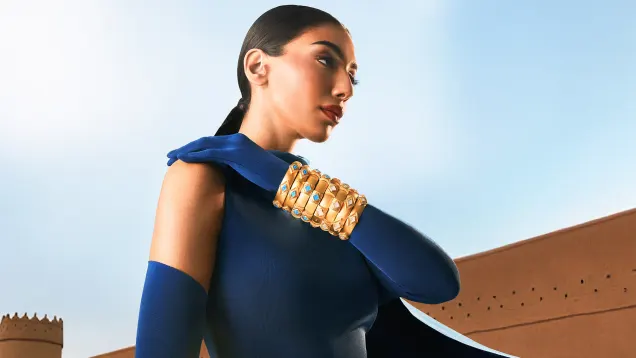
Our Promise
Fast shipping
Receive your jewelry in maximum 3 days.
Return guaranteed
Requesting a return is quick and easy.
Ethical Sourcing
Ethically Sourced Materials
Payments
Buy in the most convenient way for you.
